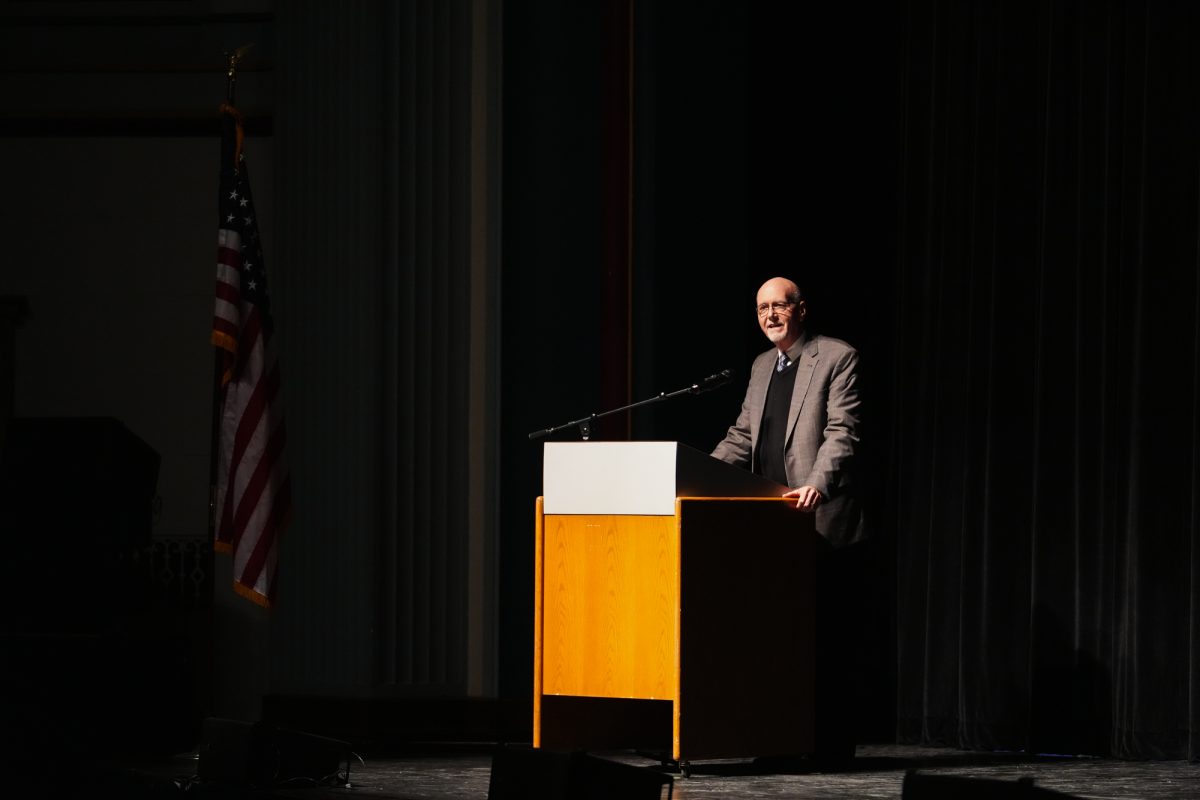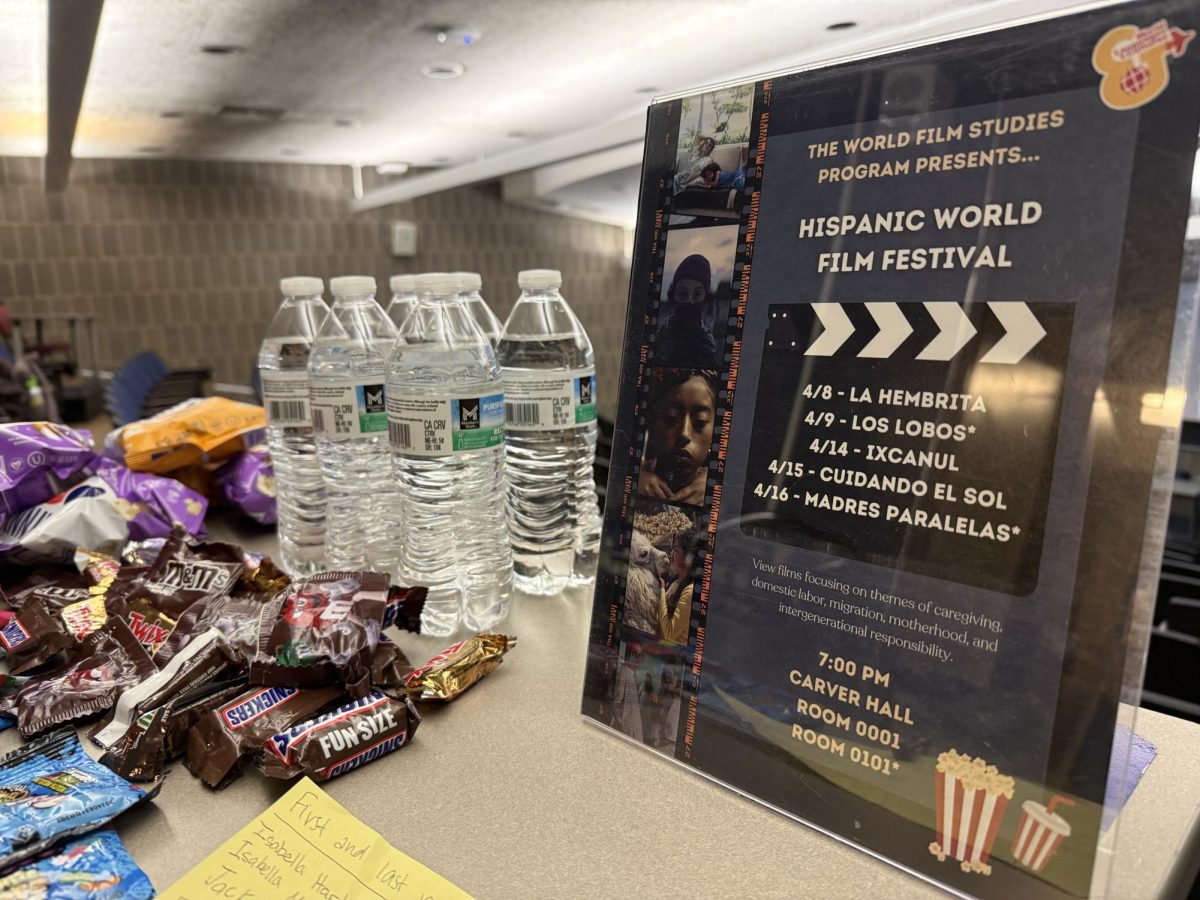108 killed in deadliest-ever Australian wildfires

A fire truck moves away from out of control flames from a bushfire in the Bunyip Sate Forest near the township of Tonimbuk, 125 kilometers (78 miles) west of Melbourne, Saturday, Feb. 7, 2009. Walls of flame roared across southeastern Australia, razing scores of homes, forests and farmland in the sunburned country’s worst wildfire disaster in a quarter century. (AP Photo)
February 8, 2009
HEALESVILLE, Australia — The landscape was blackened as far as the eye could see by the deadliest wildfires in Australia’s history, leaving police to guard a checkpoint to a town that no longer existed.
“Marysville is no more,” Senior Constable Brian Cross said Sunday from the road leading to the smoldering remains of the town, where witnesses said up to 90 percent of the buildings were in ruins. He added it to the list of casualties from the fire, which killed at least 108 people.
It was one of several towns in the country’s Victoria state left utterly devastated by the inferno, which destroyed 700 homes. Some victims were burned in their homes, other died in their cars as they fled. Authorities warned the death toll was likely to rise.
“Hell in all its fury has visited the good people of Victoria,” Prime Minister Kevin Rudd said. “It’s an appalling tragedy for the nation.”
The skies rained ash and trees exploded in the fire, witnesses said, as temperatures of up 117 F (47 C) combined with blasting winds to create furnace-like conditions.
At least 18 of the deaths were from the Kinglake area, about 50 miles (100 kilometers) north of Melbourne, where residents said the fire hit with barely any notice.
Mandy Darkin said she was working at a restaurant “like nothing was going on” until they were suddenly told to go home.
“I looked outside the window and said: ‘Whoa, we are out of here, this is going to be bad,'” Darkin said. “I could see it coming. I just remember the blackness and you could hear it, it sounded like a train.”
At the checkpoint outside Marysville, a police car blocked the road and small pockets of people stood together in quiet unease. The acrid smell of smoke stung the nose and eyes, and a thick cloud hung over the Yarra Valley.
One resident driving out of the fire zone seemed dazed, slowing down at the checkpoint only to call out his window to some waiting neighbors. “It’s gone. Everything is destroyed,” he said, shaking his head and continuing down the hill.
Only five houses were left standing out of about 40 in one neighborhood that an Associated Press news crew flew over. Street after street was lined by smoldering wrecks of homes, roofs collapsed inward, iron roof sheets twisted from the heat. The burned-out hulks of cars dotted roads. A church was smoldering, only one wall with a giant cross etched in it remained standing.
Here and there, fire crews filled their trucks from ponds and sprayed down spot fires. There were no other signs of life.
From the air, the landscape was blackened as far as the eye could see. Entire forests were reduced to leafless, charred trunks, farmland to ashes. The Victoria Country Fire Service said some 850 square miles (2,200 square kilometers) were burned out.
Rudd, on a tour of the fire zone, paused to comfort a man who wept on his shoulder, telling him, “You’re still here, mate.”
Police said they were hampered from reaching burned-out areas to confirm details of deaths and property loss. At least 80 people were hospitalized with burns.
On Sunday temperatures in the area dropped to about 77 F (25 C) but along with cooler conditions came wind changes that officials said could push fires in unpredictable directions.
Thousands of exhausted volunteer firefighters were battling about 30 uncontrolled fires Sunday night in Victoria, officials said, though conditions had eased considerably. It would be days before they were brought under control, even if temperatures stayed down, they said.
Residents were repeatedly advised on radio and television announcements to initiate their so-called “fire plan” — whether it be staying in their homes to battle the flames or to evacuate before the roads became too dangerous. But some of the deaths were people who were apparently caught by the fire as they fled in their cars or killed when charred tree limbs fell on their vehicles.
Rudd announced immediate emergency aid of 10 million Australian dollars ($7 million), and government officials said the army would be deployed to help fight the fires and clean up the debris.
The grim toll rose almost by the hour as officials reached further into the fire zone. Victoria Department of Sustainability and Environment spokesman Geoff Russell said early Monday that 108 deaths had been confirmed.
Australia’s previous worst fires were in 1983, when blazes killed 75 people and razed more than 3,000 homes in Victoria and South Australia state during “Ash Wednesday.” Seventy-one died and 650 buildings were destroyed in 1939’s “Black Friday” fires.
Wildfires are common during the Australian summer. Government research shows about half of the roughly 60,000 fires each year are deliberately lit or suspicious. Lightning and people using machinery near dry brush are other causes.
Victoria police Deputy Commissioner Kieran Walshe said police suspected some of the fires were set deliberately.
Dozens of fires were also burning in New South Wales state, where temperatures remained high for the third consecutive day. Properties were not under immediate threat.





